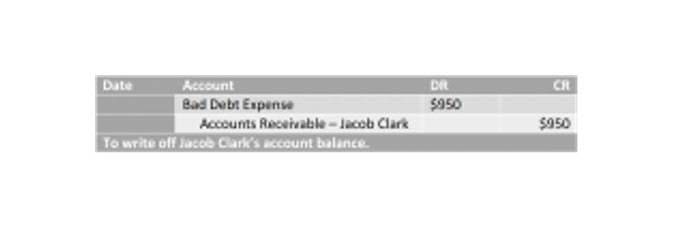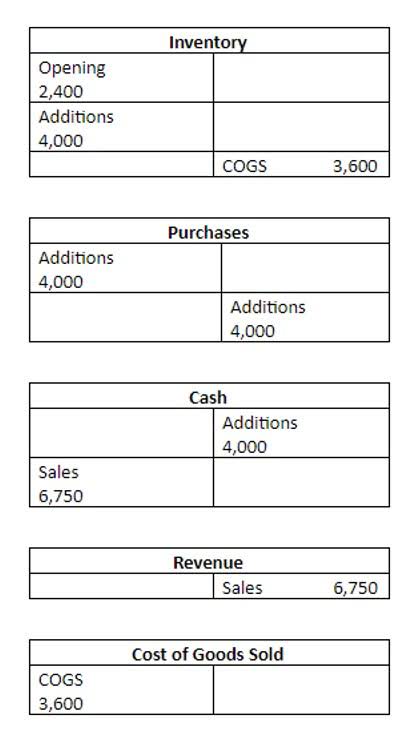
For example, the accounts payable ledger will track all outstanding debts, while the accounts receivable ledger will monitor incoming payments. Single-entry posting involves the recording of transactions as a single entry, commonly used in cash basis accounting to track cash flow and simplified financial records for smaller businesses. The Sarbanes-Oxley Act makes accurate financial reporting even more important. MicroTrain’s clear final trial balance shows its commitment to openness and detailed records. This acts as a promise to stakeholders of the company’s financial integrity and rule following. The balances of Interior Design Bookkeeping nominal accounts are directly transferred to the profit and loss account.
Posting Journal Entries to the Ledger(T-Accounts)
Accruing tax liabilities in accounting involves recognizing and recording taxes that a company owes but has not yet paid. Keeping accurate records is crucial in maintaining accurate posting dates. Businesses should maintain a record of all transactions, including the date, amount, and description of the transaction. This information should be kept in a secure location and easily accessible when needed.
What is Trial Balance? Objectives, Preparation, Example, Limitations
Posting in accounting is the process of transferring the balance from sub ledgers and journals into the general ledger to simplify the overall accounting system. This payroll process is typically done at regular intervals—monthly, quarterly, half-yearly, or annually—depending on the entity’s size and the volume of transactions. However, managers often face issues like inconsistent posting schedules, difficulty reconciling subledgers with the general ledger, and errors caused by manual data entry.

What Are the Benefits of Posting in Accounting?

The advent of automation has revolutionized the posting process in modern accounting practices. Automated accounting systems, such as QuickBooks and Xero, streamline the transfer of journal entries to ledgers, reducing the likelihood of human error. These systems can automatically categorize transactions based on predefined rules, ensuring consistency and accuracy. For instance, recurring transactions like monthly rent or utility payments can be automatically posted to the appropriate accounts, saving time and effort for accountants. If entries are not posted in accounting, the financial records will be incomplete and inaccurate.

- The variety of platforms that transmit payment can make accuracy in this process complicated.
- For SAP users in the financial area, it is very helpful to be able to navigate directly from the balance sheet display to the document level, if analysis is required.
- For instance, when a company makes a sale, the revenue account is credited, and the accounts receivable account is debited.
- Regular audits and reconciliations can help identify and rectify these omissions, ensuring that all transactions are accounted for.
- The meaning and purpose of journalizing and posting can be confusing for individuals new to accounting.
- Journalizing this recurring transaction ensures that the company does not miss out on any quarterly payments to CBZ Solutions while preparing financial statements at the end of the accounting cycle.
It means that you have to start with invoices you have received at the earliest. The document has to be grouped accordingly to the types, such that refer to the sales and those that refer to purchases. The transaction date is the day a purchase or payment is made, typically shown on your receipt or invoice. However, this date does not always align with when the transaction is reflected in your account.
What Happens During the Monthly Closing Process in Terms of Posting?
Posting refers to the process of transferring an entry from a journal to a ledger account. The posting references in a journal are normally to documents supporting the transaction and the general ledger account codes. At the end of the accounting period, these items would be consolidated and posted into one line item in the general ledger. This sounds like a lot of work, but it’s necessary to keep an accurate record of business events. You can think of this like categorizing events into specific and broader relevant groupings. For example, journals are transferred to subsidiary ledgers then transferred to the general ledger.
- Once the transaction is recorded, it must be transferred to the ledger accounts.
- The balances related to balance sheet items are to be transferred to the general ledger account.
- This allows you to always know how much Cash is in the account and what your Revenue is for the month so far.
- Ultimately, transaction analysis is essential for providing stakeholders with transparent and trustworthy financial information.
- Cash application is an essential process for businesses to track cash flow and capital so that funds can be utilized efficiently, accurately, and quickly.
- Cash posting and application are relevant to DSO because when done properly and efficiently, they help keep the average number of days to a minimum.
Carbon Accounting: Definition, Importance, and Whether It’s Mandatory
There can be two accounts in the debit and one in the posting meaning in accounting credit or one in the debit and two in credit part. However, the rule of posting is the same in this case too, but care should be taken while posting the amounts. So, let’s embark on this insightful journey to unravel the complexities and significance of posting in the realm of accounting. To post a journal entry, the first step is indeed to identify the ledger account where the debited account will appear.

